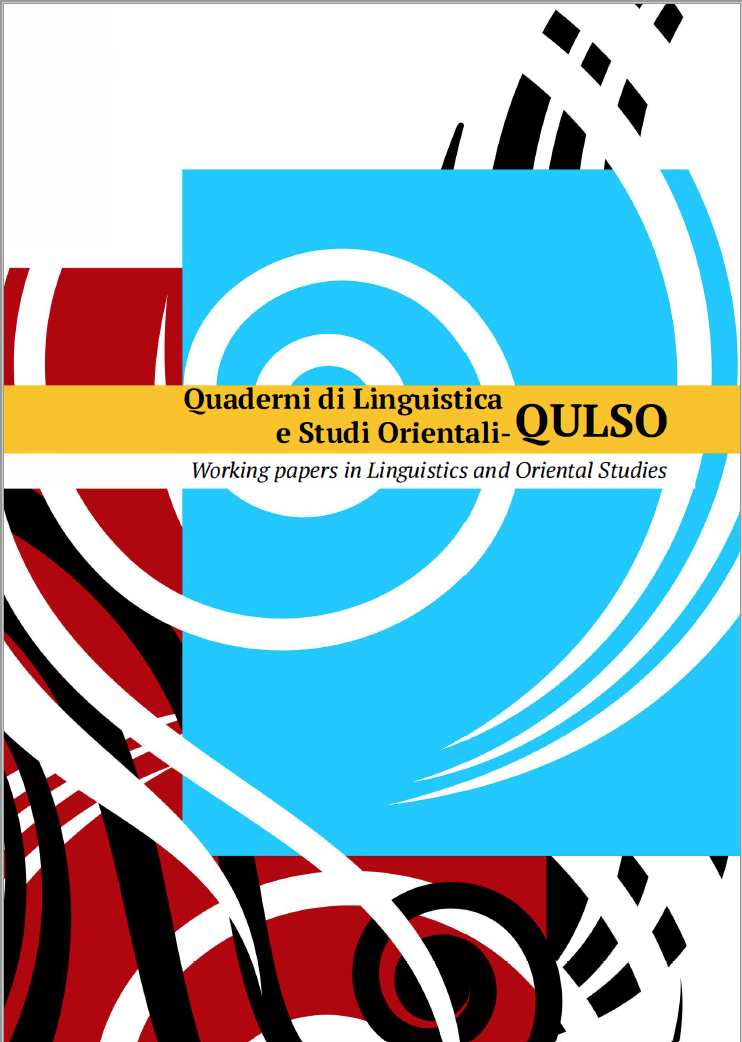Abstract
This work is part of an ongoing pilot project which analyses mixed German/Italian relative clauses that may be found in bilingual competence, in order to shed a different light on general theories regarding the derivation of relative clauses. Specifically, we will investigate German relative clauses, whose head is a mixed German/Italian DP: if we consider pairs of nouns which carry a different gender feature in the two languages in question, D may either agree in gender with the noun (selected gender) or agree with the equivalent noun in the other language (analogical gender). The relative pronoun, which is another D-head, may in turn agree, or not, with either the external D, or the N-head of the relative clause. An Acceptability Judgement Task including mixed relative clauses with all possible gender cross-combinations has been administered to some bilingual speakers (2L1), as well as to some highly competent L2 learners, in order to see which agreement types are preferred, and whether there are regular restrictions in acceptability. The data obtained have been confronted with current theories on relative clauses, in order to see if the predictions they would make are actually borne out



